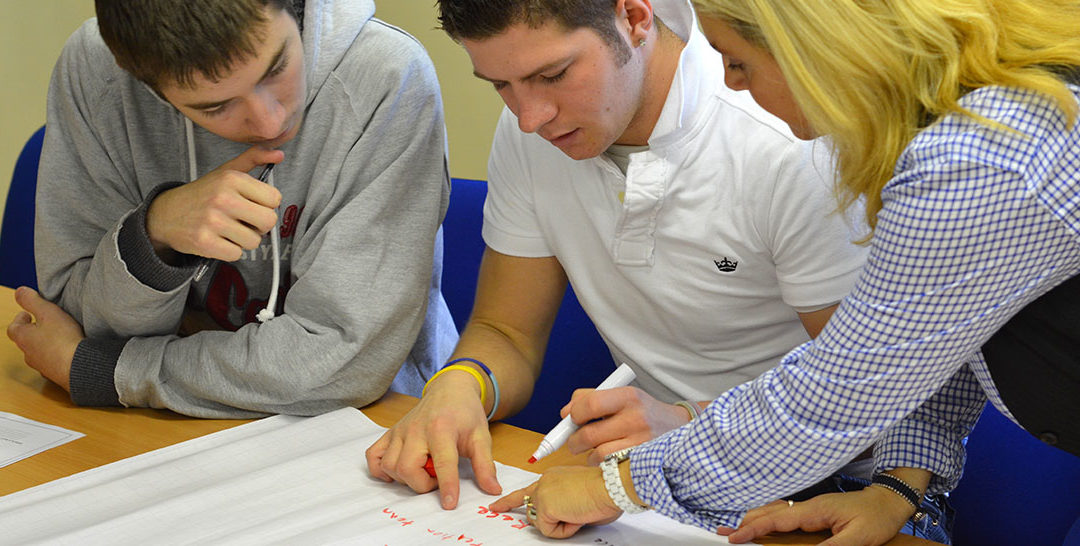Lesson planning is a key skill for teachers at every level and in every subject. With the right preparation and considerate planning, common difficulties can be avoided and your lessons will be more effective and enjoyable for both you and your students. For many trainee teachers, writing out a detailed lesson plan can give them a confidence boost that will help their delivery. For more experienced teachers, lesson planning provides an opportunity to reflect on the strengths and weaknesses of past lessons and to improve their delivery over time by integrating what they’ve learned from those experiences. No matter what stage of your teaching career you’re in, this guide will help you plan the perfect lesson with a range of tried and tested tips and tricks.
1. Think about the lesson in context
When you consider your approach to the lesson, considering the larger context of student learning is a great place to start. How does your lesson fit with the students’ prior learning? What are they going to learn after your lesson? Think about what they already know coming into your lesson, and consider how they will build upon this knowledge in the future. Your lesson will be more relevant and effective if you have a good understanding of what your students have already covered and what they are going to learn next.
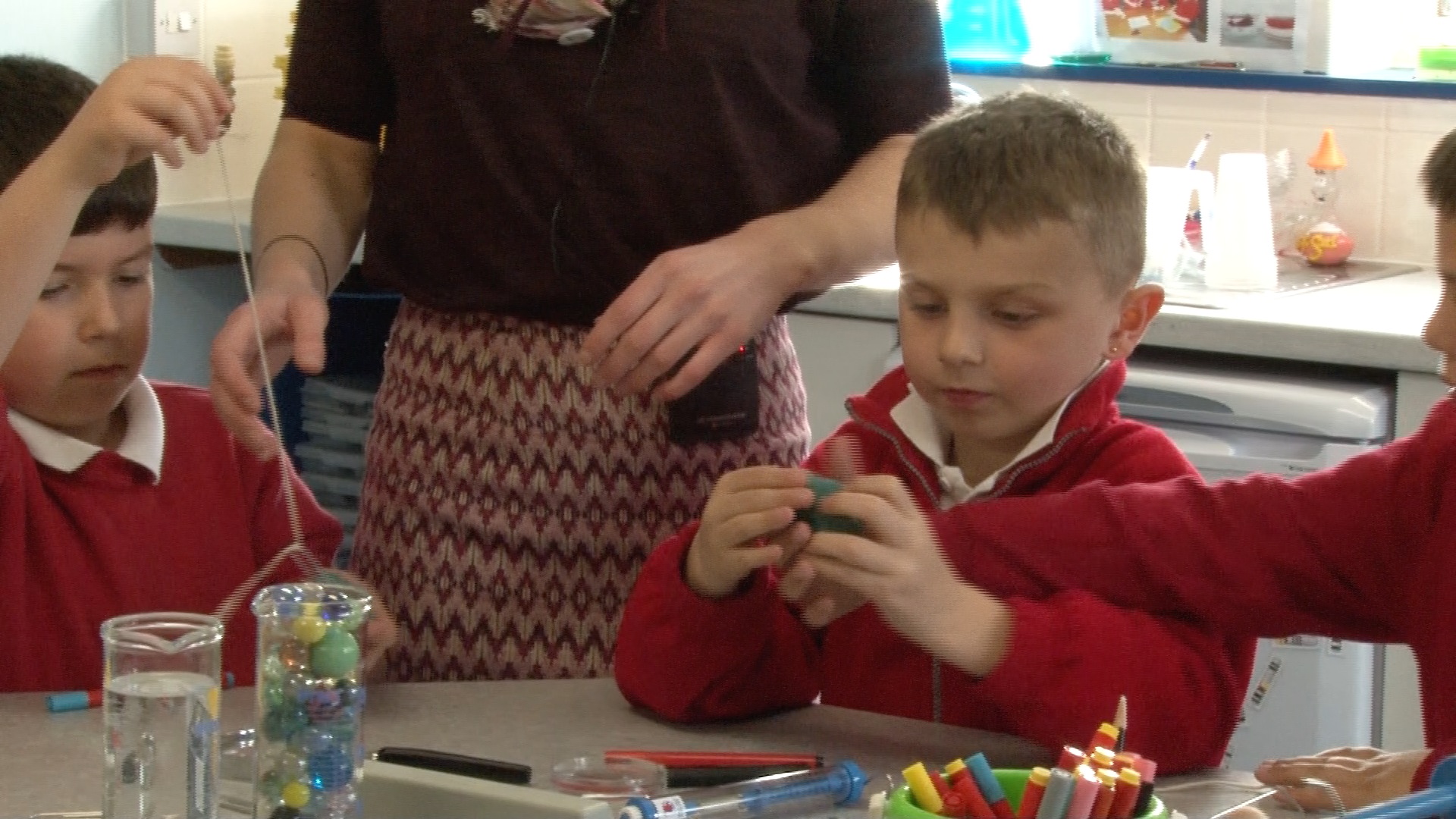
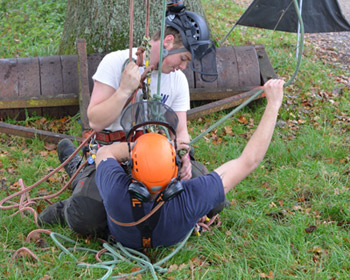
2. Aim SMART
Adapting a concept from the business world, the SMART criteria can help you devise appropriate lesson aims and objectives.
S-Specific: What specific learning outcome do we seek, in terms of knowledge and/or skills?
M-Measurable: There should be a clear means of assessing whether the outcome has been met.
A-Achievable: Keeping lesson aims achievable will encourage and inspire students.
R-Realistic: What can students realistically achieve with the time and resources available?
T-Timebound: Timings should be included throughout the lesson plan to help with progression and flow.
3. Stay flexible
It’s important to be adaptable in order to better meet the needs of your particular students. You may need to change your approach or offer multiple ways of explaining a concept that suit students’ different learning styles. Flexibility is also important for your timings. Sometimes you may find that a quiet group’s discussion dries up too quickly, or a lively group talks too much. Allocating ranges of time (i.e. 5-10 minutes), instead of a set time (i.e. 7 minutes) can help with this.
4. Check in often
Build assessment opportunities into your lesson, not just at the end. This will help you to gauge the effectiveness of your teaching and to detect any difficulties before it’s too late to address them. Make sure your assessment question relates to the learning aims established for the lesson, and keep them achievable and realistic for the stage of the lesson. It doesn’t have to be a formal assessment tool to be useful; asking students to write questions and comments on post-it notes, for example, can provide quick, anonymous feedback.
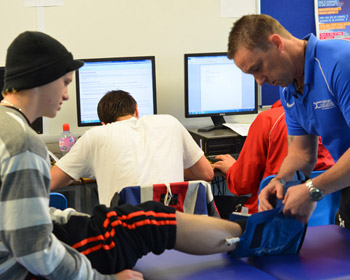
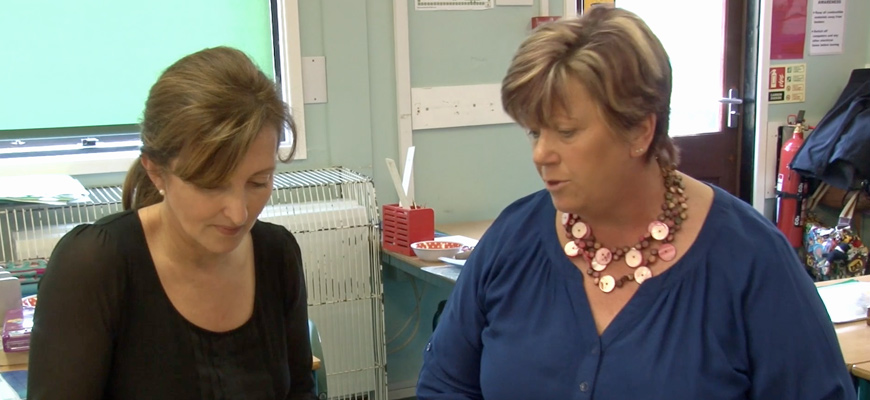
5. Collaborate
Check-in with your colleagues as well! Sharing your lesson delivery challenges and successes with other teachers is a great way of exchanging ideas, learning best practice and supporting each other. Lesson observations are extremely useful learning experiences for both the observer and the teacher being observed. Swap lesson plans and take note of the strengths and weaknesses in your colleague’s approach. Consider what looks good on paper and what works ‘on the ground.’
6. Practical considerations
Once you’ve decided what you’re doing, think about the resources you’ll need and how you’ll get them. If you are using a handout, make copies ahead. If students need to read something for the lesson, will they access a hard copy or a digital copy, and how will it be distributed? Will you need any technical equipment, such as a projector, laptop cable, whiteboard markers, etc.? This sounds obvious, but it is a common pitfall, even for experienced teachers! Prevent any last-minute panic over resources by planning ahead and gathering everything you need early.

Finally, after you’ve delivered your lesson, consider what went well and what could be improved upon in the future. If you were being observed, consider your colleague’s feedback with an open mind. Make notes and adjust your lesson plans accordingly. With flexible, well-considered lesson planning, your teaching delivery will continously improve over time.

